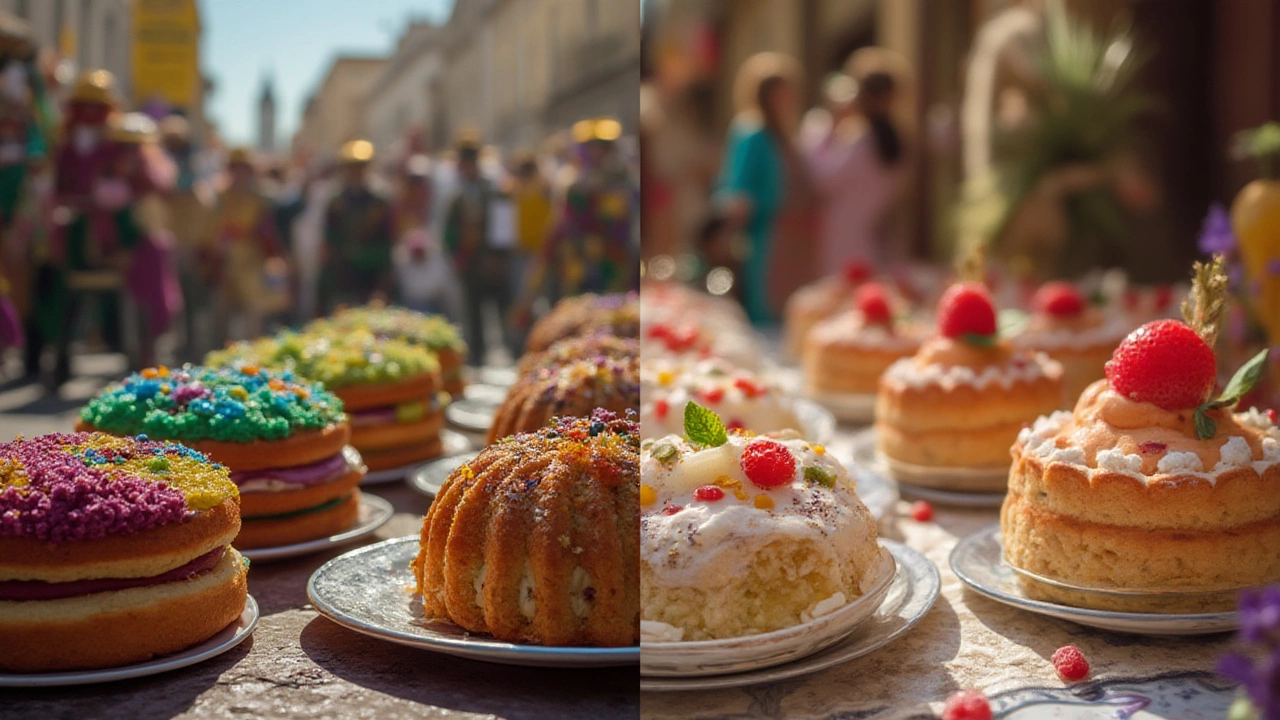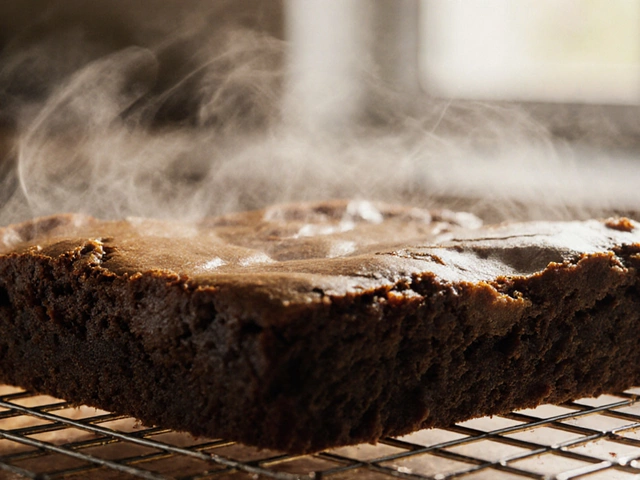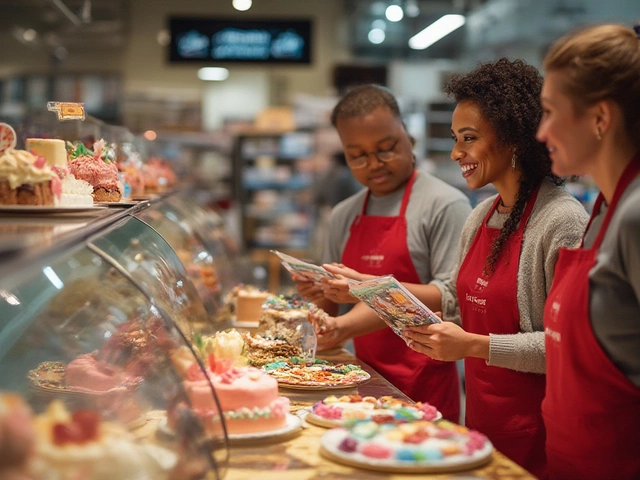British Cakes: Classic Recipes and How to Master Them
If you love a good slice of cake with a cup of tea, British cakes are worth a spot on your baking list. From the light, airy Victoria sponge to the rich, boozy fruit cake, each has a story and a set of tricks that make it shine. Below you’ll find the most popular British cakes, why they matter, and practical advice to get them right every time.
Why British Cakes Are Beloved
British cake culture grew around the tea ritual, so the recipes aim for balance—sweet, buttery, and never too heavy. The Victoria sponge, for example, was named after Queen Victoria herself, who reportedly enjoyed a slice with jam and cream during afternoon tea. Fruit cake, on the other hand, became a holiday staple because its high sugar and alcohol content keep it fresh for months. Knowing the purpose behind each cake helps you choose the right one for the occasion.
Another reason people keep returning to these recipes is their simplicity. Most British cakes use pantry basics: flour, butter, sugar, eggs, and a leavening agent. You don’t need exotic ingredients to achieve great flavor. That makes them perfect for beginners who want a reliable result without hunting for specialty items.
Top British Cake Recipes to Try
Victoria Sponge – Start with equal parts butter, sugar, eggs, and flour (usually 200 g each). Beat butter and sugar until fluffy, then add eggs one at a time. Fold in sifted self‑raising flour and a splash of milk. Bake at 180 °C for 20‑25 minutes. Once cooled, split the cake, spread strawberry jam and whipped cream, then dust with powdered sugar.
Classic Fruit Cake – This one needs a bit of planning. Mix butter, brown sugar, and eggs, then stir in flour, mixed dried fruit, chopped nuts, and spices. Add a few tablespoon of brandy or rum; it keeps the cake moist during the long bake. Bake at a low 150 °C for about 2 hours, then wrap in foil and feed the cake with a little extra alcohol every week if you want it to age nicely.
Carrot Cake – Though it’s popular worldwide, the British version usually adds crushed pineapple for extra moisture. Combine grated carrots, grated cheese (optional), sugar, oil, and eggs. Fold in flour, baking soda, cinnamon, and a pinch of salt. Bake at 180 °C for 35‑40 minutes. Top with a simple cream cheese frosting made from cream cheese, butter, icing sugar, and a dash of lemon juice.
Sticky Toffee Pudding Cake – This hybrid dessert has a moist sponge base soaked in toffee sauce. Mix butter, sugar, eggs, flour, and baking powder, then stir in chopped dates. After baking, poke the cake with a fork and pour over a hot caramel‑toffee sauce. Serve warm with vanilla ice cream for a comforting treat.
All these recipes share a few common tips: always measure flour correctly (spoon it into the cup and level off), use room‑temperature butter and eggs for a smooth batter, and preheat your oven fully before sliding the cake in. If you notice a cake doming too much, lower the oven temperature by 10‑15 °C and add a piece of foil on top halfway through baking.
Finally, remember that British cakes love a good rest. Let a sponge cool on a wire rack, then cover it loosely with a tea towel before frosting. This prevents the frosting from melting and lets the flavors settle. With these basics, you’ll be able to bake a suite of British cakes that taste as good as the originals and impress anyone you serve them to.

King Cake vs Queen Cake: What’s the Real Difference?
Unravel the key differences between king cake and queen cake, from their history and traditions to recipes, flavor, and cultural importance. Get helpful baking tips too.
View More




